Seeking Mindfulness in a Bowl of Japanese Tea Porridge
A trip to Japan taught me that making—and cooking with—tea can be a form of meditation in its own right.
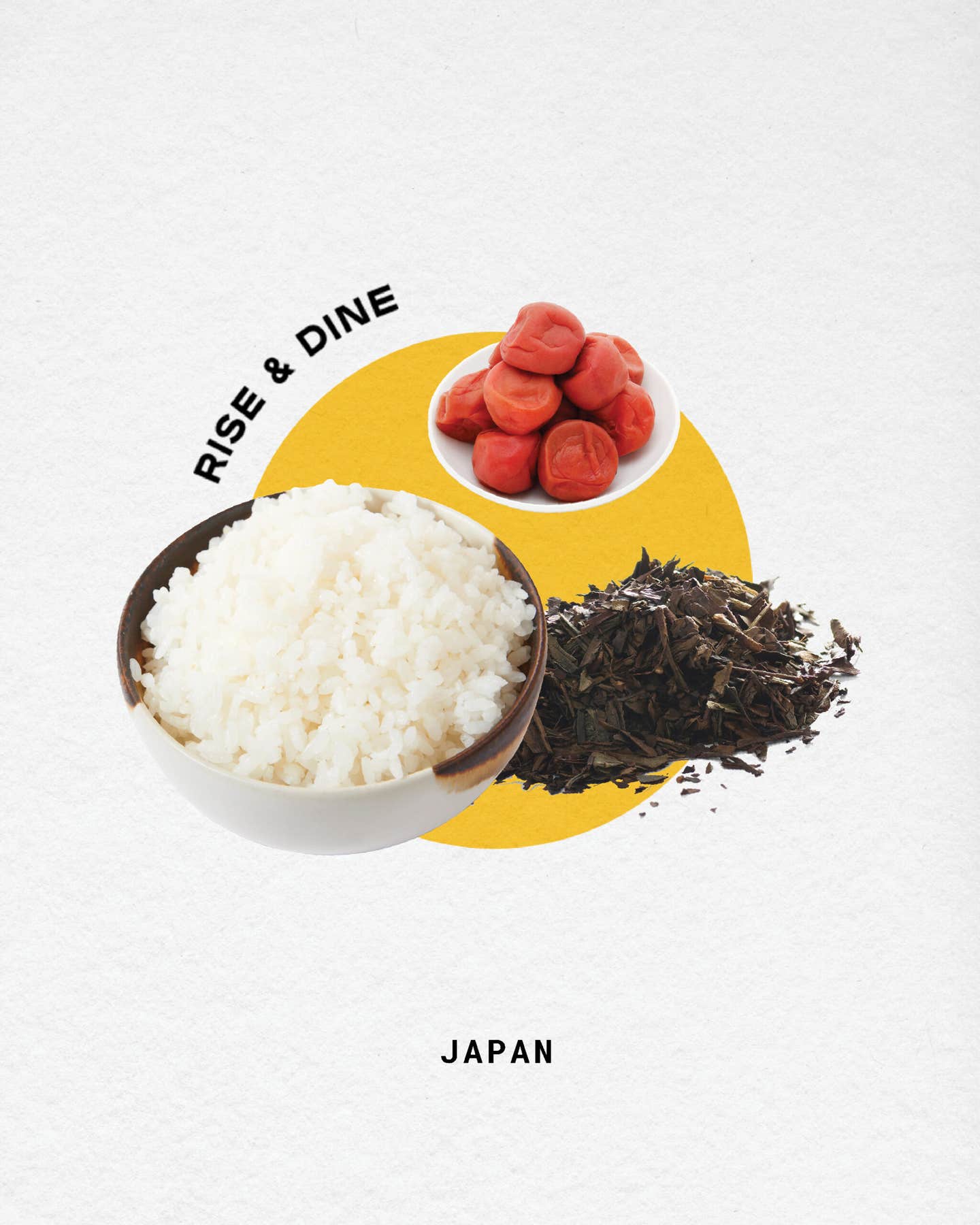
Rise & Dine is a SAVEUR column by Senior Editor Megan Zhang, an aspiring early riser who seeks to explore the culture of mornings and rituals of breakfast around the world.
When I first started trying to build a short meditation routine into my mornings, I quickly learned that it clashed with another, already entrenched, daily habit. The quick onset of a caffeine jolt from a cup of coffee, effective as it was at jump-starting my energy, interrupted the calm stillness I was attempting to embody. For a novice meditator like me, quieting the mind was a hard enough task, and it didn’t help that this erratic fidgetiness left little room for reflection.
But on a recent trip to Kyoto, I learned that meditation and caffeine have been intertwined in Japanese monastic culture for centuries—with tea at the heart of it.
To learn more about the art of mindfulness, I spent a stormy afternoon at Shunkoin Temple, a centuries-old Zen Buddhist site, one of dozens in the sprawling, pine tree-lined Myōshin-ji temple complex. Reverend Takafumi Kawakami, the head priest, greeted guests with a tea ceremony and cups of cold-brewed sencha, a cooling balm perfect for the hot, muggy weather. As we sipped, he explained that the combination of tea’s stimulating caffeine and calming L-theanine (the latter helps mitigate the excitatory effects of the former, and their union can help bolster attention and curb distraction)assists the pursuit of “mindful tranquility and self-exploration.” After we set down our empty cups, Kawakami led us through a meditation practice. Seated cross-legged on the floor in that serene temple, I felt a mild lift in energy from the sencha—and was surprised that my thoughts wandered less than usual, and that my mind refocused quickly when they did.
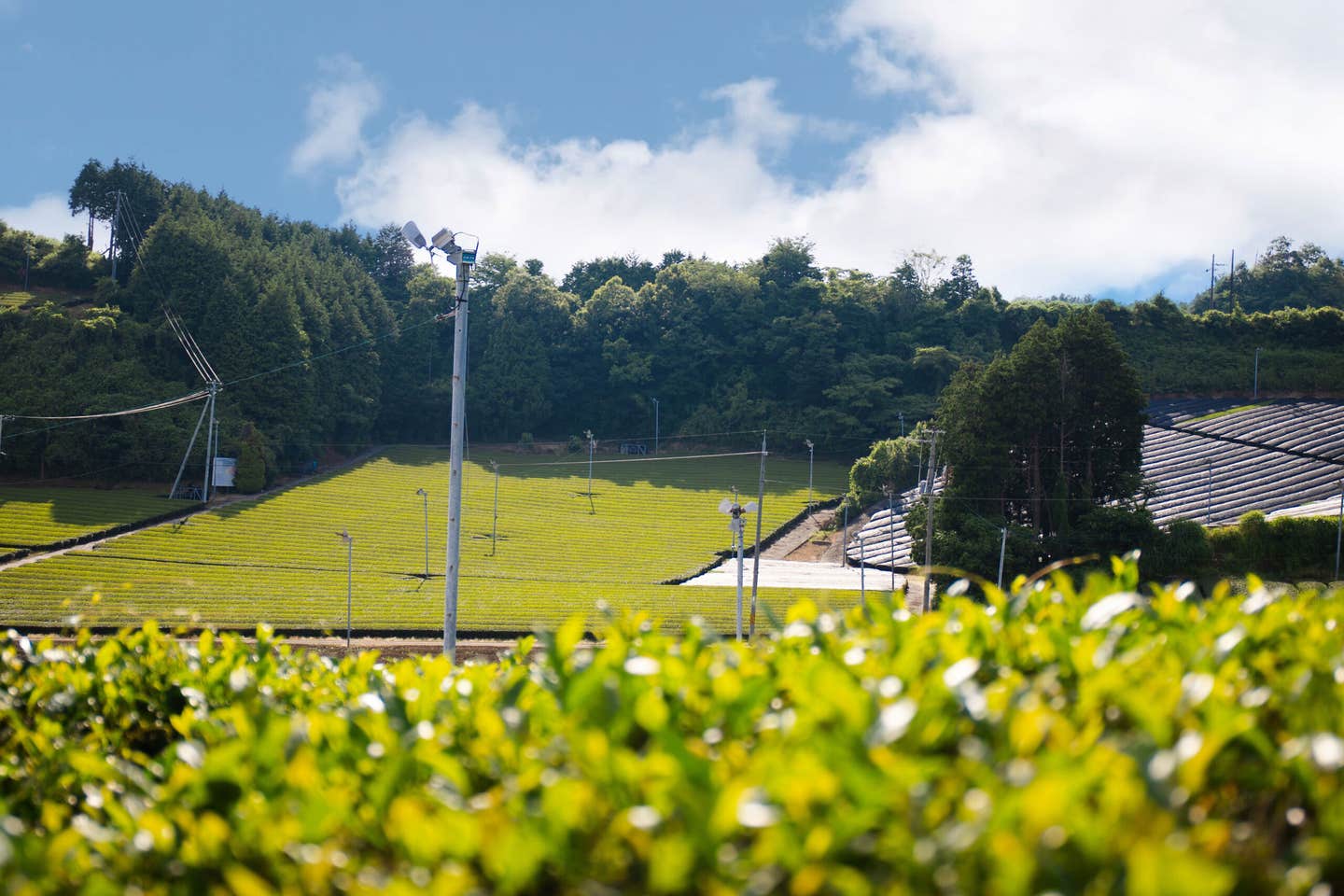
It was Buddhist monks who first brought tea from China to Japan around the 8th and 9th centuries and began disseminating tea culture, explained historian Robert Hellyer, author of Green with Milk and Sugar: When Japan Filled America’s Tea Cups. For centuries, it remained a scarce and precious commodity. “On imperial land and in Buddhist monasteries—those were really the only two places, at this early stage, where tea was being grown,” he noted. While tea was offered to the Buddha and the deceased during monastic ceremonies, it had another practical application for monks themselves. “It kept them clear-headed,” added historian and University of Hawai’i professor Nancy K. Stalker, explaining that monks would often turn to tea for a little invigoration ahead of their meditative and ceremonial practices.
Tea eventually spread to the societal elite, and finally to the masses. “Starting the morning with tea is, I think for many, a moment to relax and focus your thoughts for the day ahead,” said Yasunori Iwata, a chef based in Nara, a city about an hour south of Kyoto. Though tea-loving tourists tend to flock to nearby Uji, which is regarded for its matcha production, Nara, as Japan’s first permanent capital, has one of the country's longest traditions of tea cultivation. The city also has an enduring morning tradition of not only drinking tea but eating it, too.
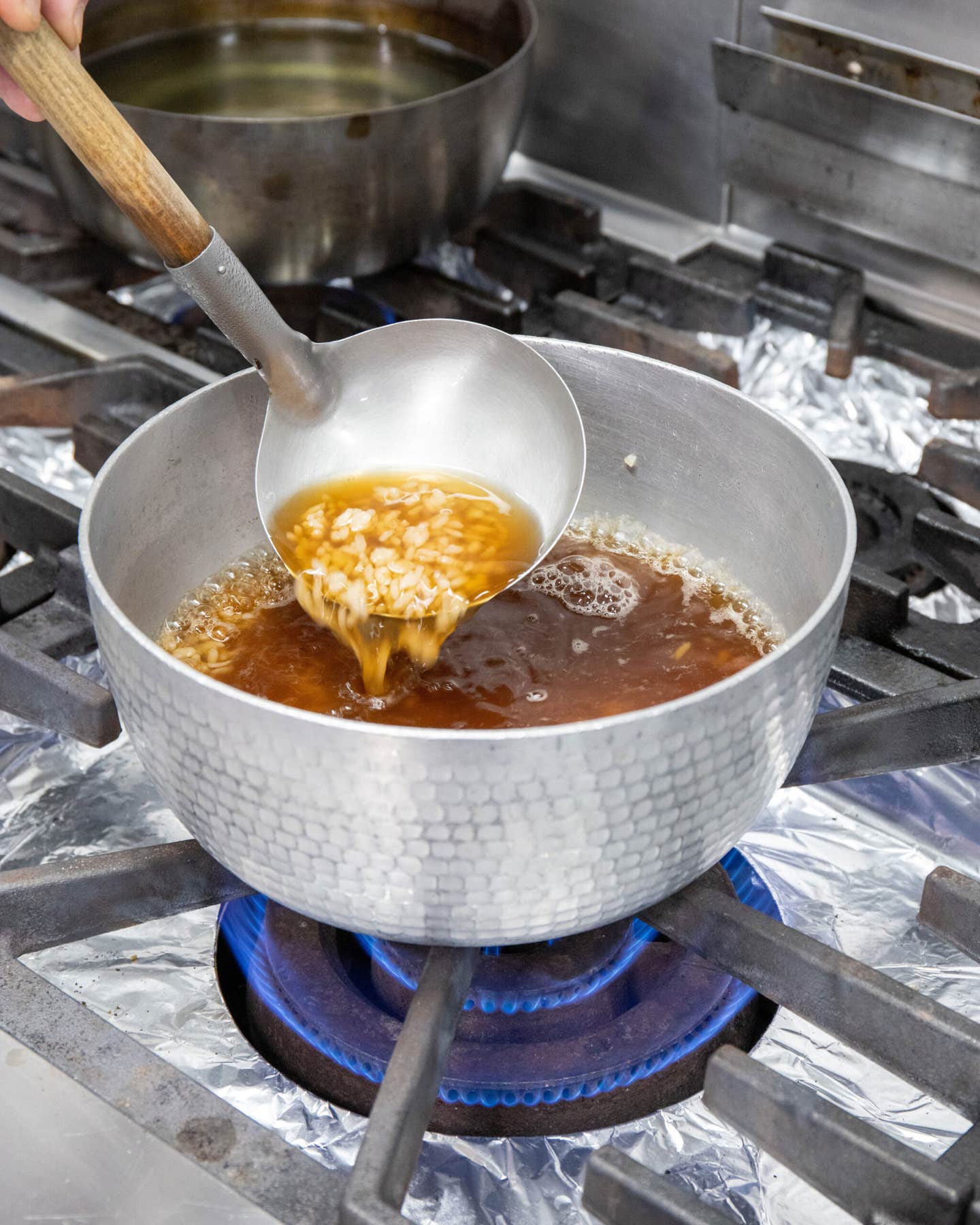
As Iwata watched a pot of water simmering on the stove, he explained that, according to local lore, a tea porridge called chagayu became widespread in Nara as a way to stretch leftover rice, and it eventually became a hallmark of the local cuisine. Though the dish is similar to ochazuke, a simple porridge common throughout Japan that requires pouring brewed tea over cooked rice, chagayu calls for the cook to simmer cooked rice in tea on a stovetop—a vital step that more potently perfumes the grains with tea aroma.
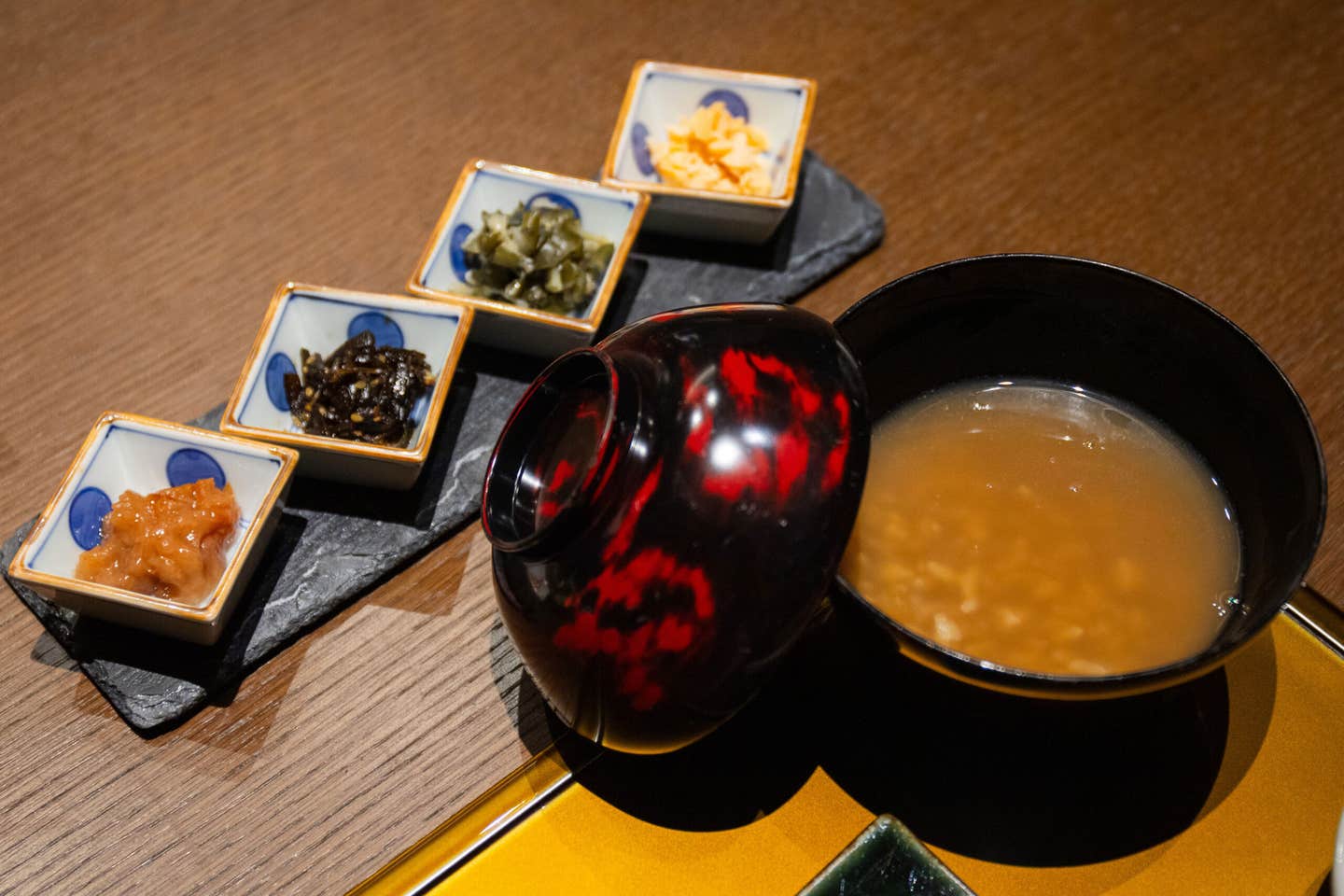
As the chef gently stirred the hojicha, a roasted green tea, I peered over his shoulder and breathed in the smoky warmth of the steam. There was something almost meditative about getting lost in this peaceful, repetitive motion—it invited me to notice the delicate scent of the leaves, and the soothing warmth ascending from the water. My mind emptied as I watched the grains swirling slowly in the pot. “Notice when the texture starts to change,” said Iwata, quietly summoning me from my trance as he pointed out the slight thickening of the rice. He ladled the chagayu into a small bowl with some umeboshi, or pickled plums, on the side. After several nights of restless, jet-lagged sleep, the light flavors and gentle aromatherapy were restorative.
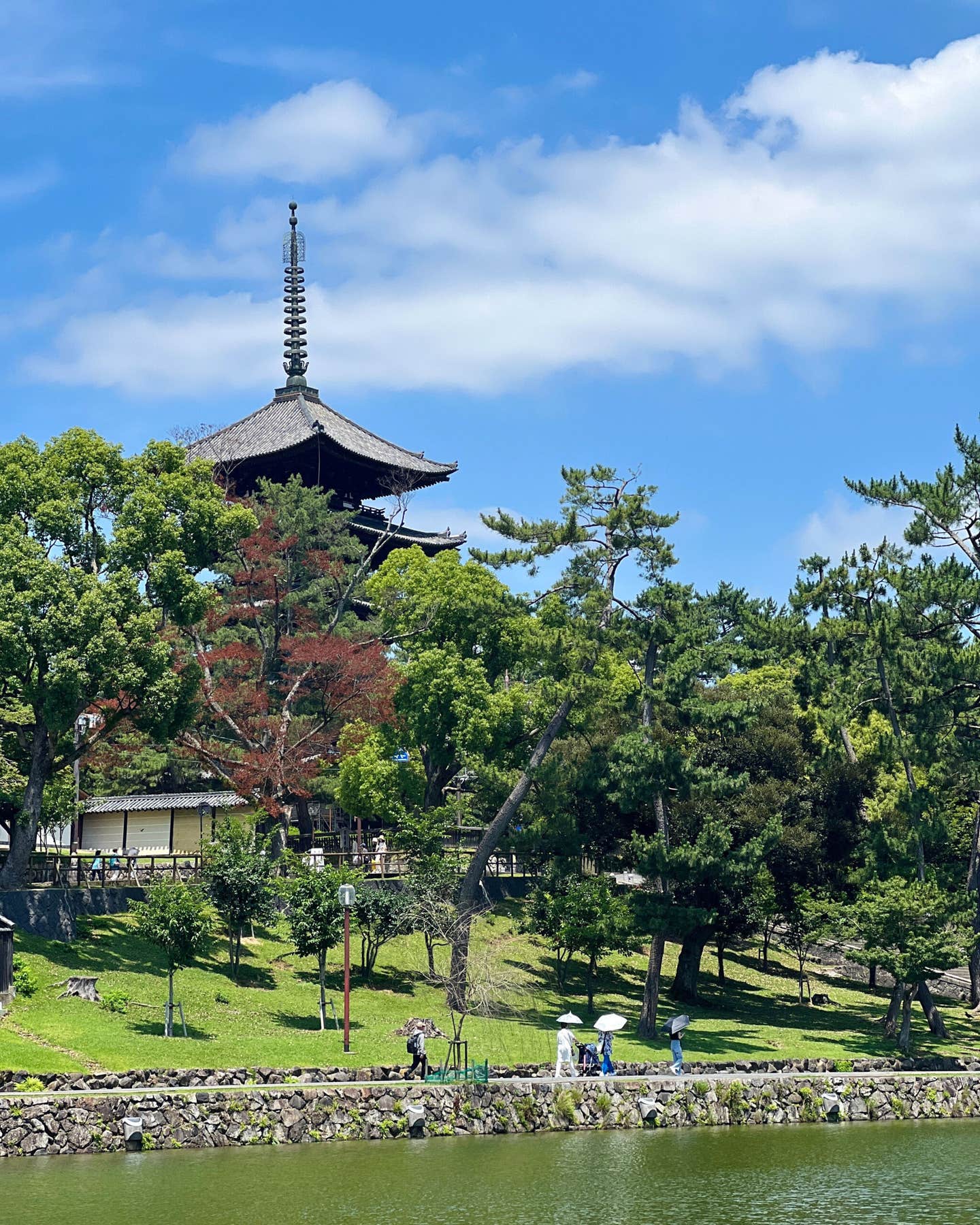
Though I’ve cooked and eaten countless rice porridges, none had delivered a subtle energy boost and undertow of earthy fragrance quite like chagayu. But many Nara visitors likely won’t encounter it, local tour guide Atsuo Itsuji told me, as the breakfast is usually simply prepared at home. Luckily for fans of the dish, it’s easy to recreate.
If coffee is the alarm clock that stuns the drinker awake, tea is the sunlight streaming in through the window, gently nudging one toward wakefulness. As I learned in Nara, even the process of preparing it creates space for a bit of slowness. And with a warm bowl of chagayu, we might have our meditation and eat it, too.
Recipe
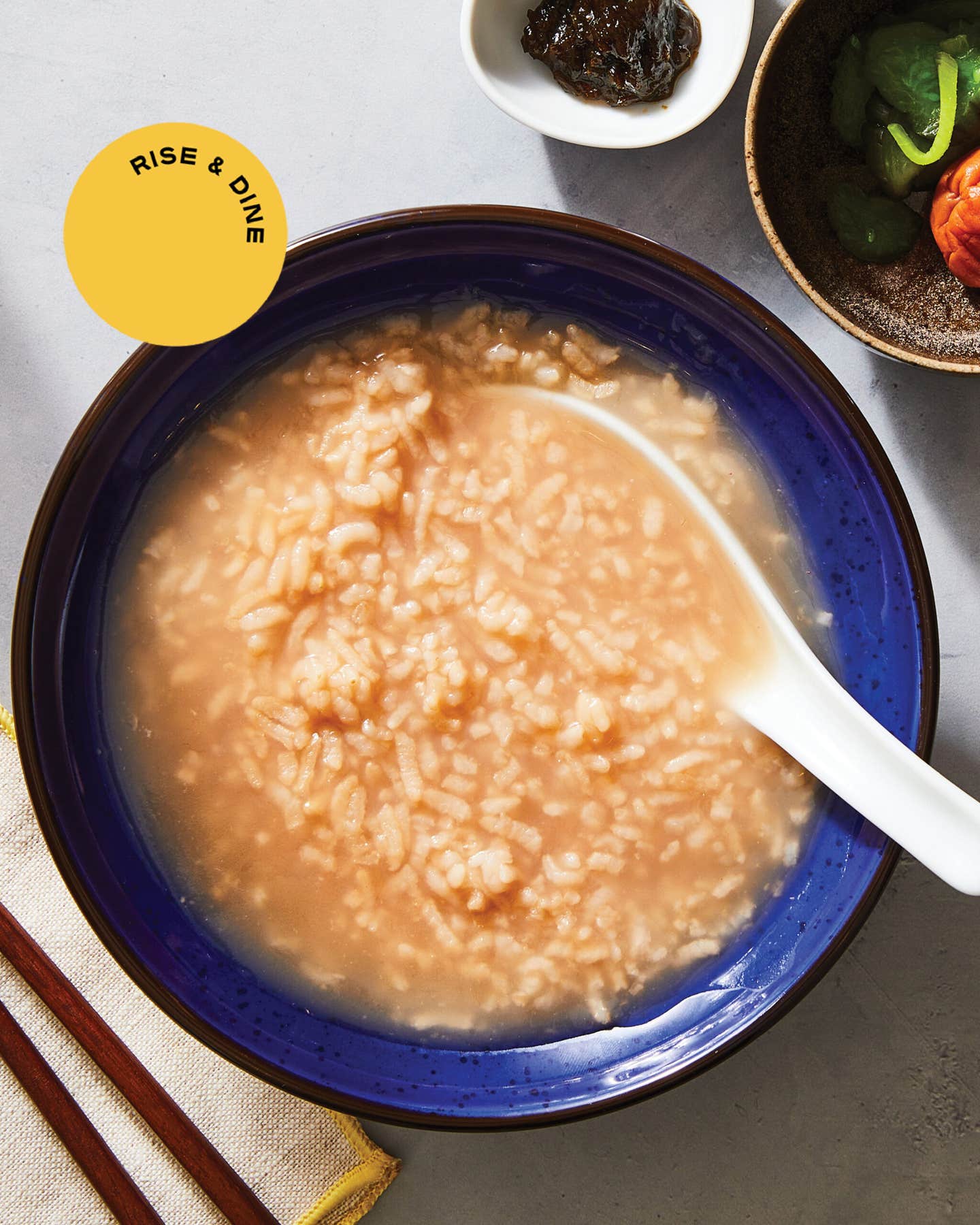
Keep Reading
Continue to Next Story










